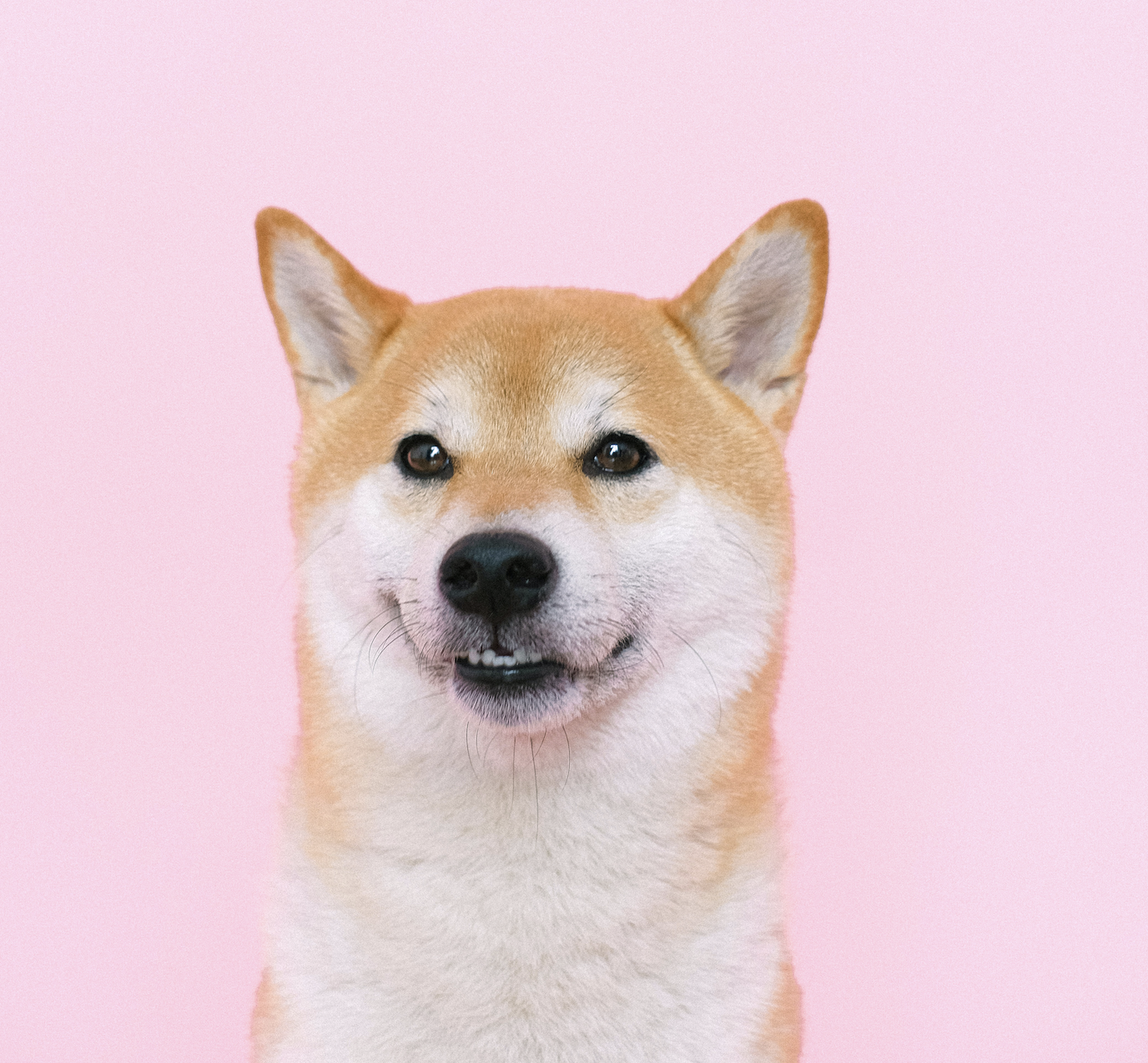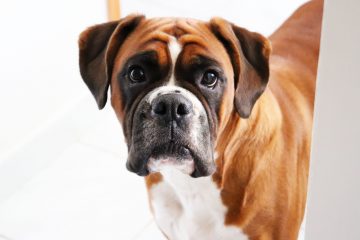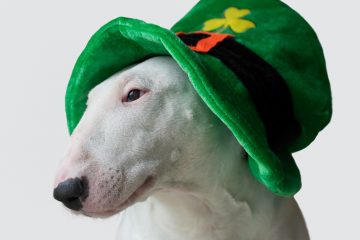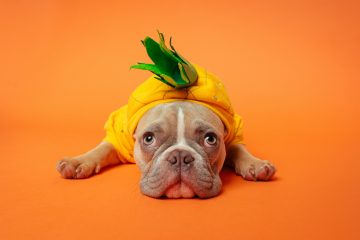Dog Breeds with Undercoats: Do’s & Don’ts
A common yet lesser-known trait among a variety of dog breeds is the presence of an undercoat. For dogs with an undercoat, it is essential that it remains intact for both their health and happiness. Keep reading to learn what an undercoat is and what dog breeds have undercoats. Plus get some helpful maintenance do’s & don’ts that every owner should know!
What is an Undercoat?
An undercoat is the type of hair that resides closest to their skin. It typically grows in clusters, from a single follicle, giving it a soft and dense appearance. They will often be a lighter color than the outer coat. Dogs with an undercoat shed seasonally meaning more hair around the house. However, a dog’s undercoat plays an important role. It is what keeps them cool in the summer and warm in the winter, making the maintenance of a dog’s undercoat essential for their comfort.
Dog Breeds with Undercoats
Below are common dog breeds with undercoats. For a more expansive list featuring rare breeds, check out Pets4Homes.
- Akita
- Alaskan Husky & Malamute; Siberian Husky
- American Eskimo
- Australian Cattle Dog & Australian Shepherd
- American Water, Boykin & Tibetan Spaniels
- Belgian Malinois & Belgian Tervuren
- Bernese Mountain Dog & Pyrenean Mountain Dog
- Black Russian Terrier
- Chow Chow
- Finnish Spitz & Lapphund, Swedish Lapphund
- German Shepherd Dog
- German Spitz
- Golden Retriever & Labrador Retrievers
- Havanese
- Icelandic Sheep Dog
- Irish Terrier
- Keeshond
- Miniature Schnauzer
- Newfoundland
- Old English, Polish Lowland & Shetland Sheep Dogs
- Pembroke Corgi & Cardigan Welsh Corgi
- Pomeranian
- Pomeranian – toy breed
- Rough Collie, Smooth Collie & Bearded Collie
- Saint Bernard
- Samoyed
- Scottish Terrier
- Shiba Inu
- Shih Tzu
- Tibetan Mastiff
- Wheaten Terrier
- Yorkshire Terrier
Do’s
Your Research – Prior to purchasing or adopting a dog, you should do ample research about the breed. Dogs with an undercoat shed much more than other breeds, requiring ample cleaning. In addition, they require more grooming and maintenance. Having a dog with an undercoat is a big undertaking and a lifelong commitment.
Regularly Bathe & Brush – For your dog’s health and happiness, it is important that you regularly bathe and brush them. If you are unsure how to bath and brush your dog without compromising their undercoat, be sure to seek out a professional groomer.
Don’t
Ignore Professional Advice – If a vet or professional groomer has advised you on how to maintain your dog’s undercoat, do not go against it. A number of people choose to ignore this information, often for the sake of a cleaner home. However, this can lead to serious discomfort and health risks for your dog, such as overheating, sunburn, and skin cancer.
Brush Hard – Although bruising is important to keep your dog comfortable and prevent excessive shedding in the house, it is possible to brush too much. Brush gently to avoid damaging your dog’s skin. There are a number of brushes specifically designed for undercoats on the market that can assist you.



